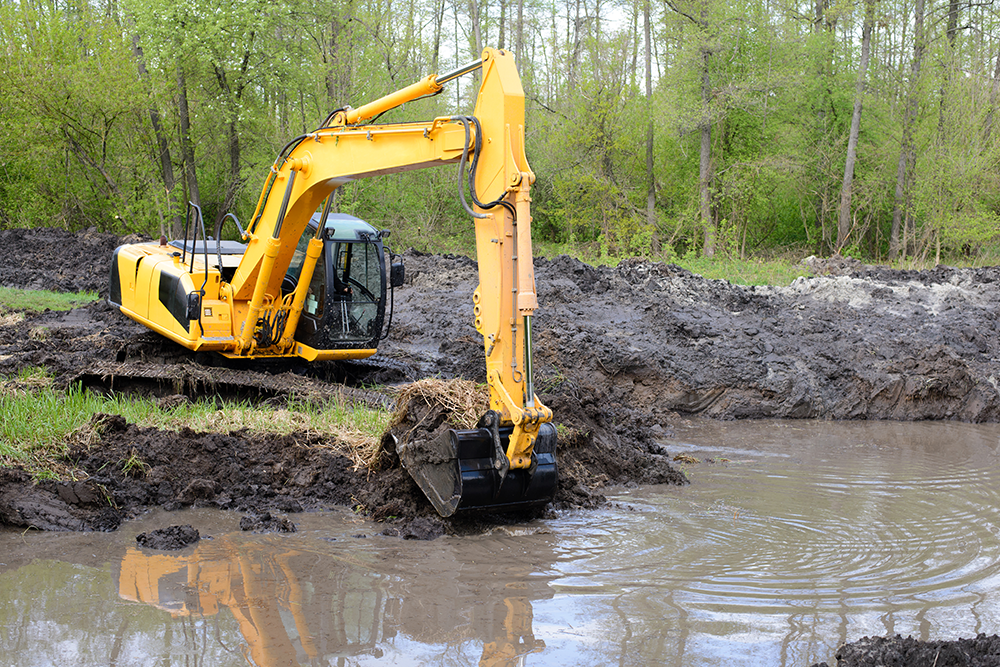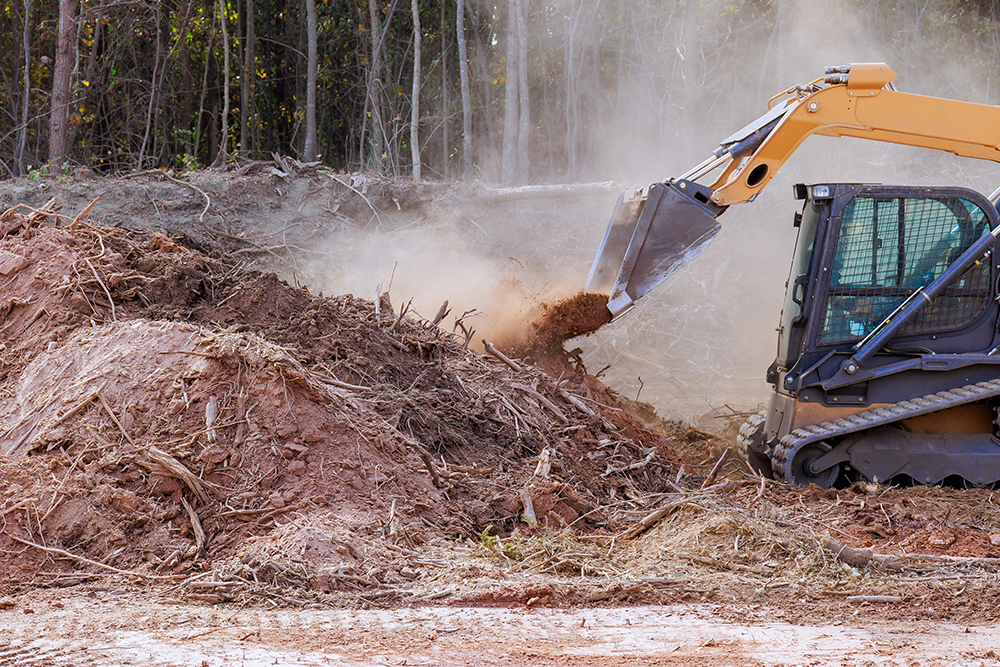Environmental Restoration Services: What To Expect

Environmental restoration services address the growing need for remediation and recovery in both residential and commercial settings. Contaminants like lead, asbestos, and debris left behind from hazardous incidents pose significant risks to health and safety. Timely restoration services mitigate these risks and return properties to safe, usable conditions.
Companies specializing in these services rely on advanced techniques, skilled teams, and regulatory compliance to handle various scenarios. Licensed contractors often take the lead. They offer expertise in areas like asbestos abatement, structural demolition, and hazardous waste containment to protect the environment and community. Here is what you should expect from environmental restoration services.
Understanding Environmental Restoration
Environmental restoration involves activities that repair or rehabilitate damaged or contaminated properties. These services go beyond cosmetic fixes. They address the structural, environmental, and regulatory needs of properties impacted by hazardous materials or events. The goal is to restore the property’s safety, functionality, and compliance with environmental standards.
A key component of environmental restoration is hazard identification. Professionals conduct comprehensive site assessments to evaluate risks and determine the scope of contamination. This may include testing for lead and asbestos, inspecting structures for damage, and evaluating debris for hazardous elements. The results guide the next steps in the restoration process.
The importance of environmental restoration cannot be overstated. Unchecked contamination can lead to long-term health issues, environmental damage, and legal consequences for property owners. Restoration services prioritize public health while guaranteeing compliance with local, state, and federal regulations.
Common Environmental Restoration Services
Common environmental restoration services address hazards like asbestos, lead, and debris. These services help mitigate health risks and protect the environment.
- Asbestos and Lead Abatement
Asbestos and lead are among the most common hazardous materials found in older structures. Asbestos, a material once widely used in construction, poses severe health risks when its fibers become airborne. Similarly, lead, often present in old paint or plumbing, is toxic and can cause serious health problems.
Abatement involves removing or containing these materials in a safe, controlled manner. This process often includes sealing off affected areas, using specialized equipment to handle the materials, and disposing of waste in accordance with regulatory standards.
Licensed contractors, trained in asbestos and lead abatement, guarantee proper techniques are followed to minimize risks during this complex process.
- Debris Removal
Debris removal is an integral part of environmental restoration services. It involves clearing properties of waste materials such as furniture, drywall, appliances, and construction debris. For sites impacted by hazardous materials, debris removal must be handled with extra caution. Skilled professionals identify and separate hazardous waste. They make sure that it is transported and disposed of safely.
In large-scale projects, such as wildfire restoration or disaster cleanup, debris removal becomes a key step in creating a safe environment for rebuilding. Teams use specialized tools and equipment to expedite this process while protecting the surrounding environment.
- Controlled Demolition
Controlled demolition combines precision and safety to remove unsafe structures or damaged areas of a property. This process often includes containment strategies to prevent the spread of hazardous materials. Skilled demolition teams use advanced techniques and tools to dismantle structures, whether partial or complete, without jeopardizing adjacent areas.
Demolition work is closely linked to remedial construction, as it clears the way for rebuilding efforts. A licensed contractor makes sure that the work is carried out in accordance with safety regulations and prepares the site for future use.
The Role of Licensed Contractors in Environmental Restoration
Licensed contractors are vital in environmental restoration projects. They bring technical knowledge, experience, and regulatory awareness to each job. Their expertise guarantees that all aspects of the project, from initial assessment to final cleanup, meet legal and environmental standards.
For instance, contractors trained in remedial construction understand the complexities of rebuilding in environmentally sensitive areas. They assess the site’s needs, develop customized solutions, and execute projects that balance restoration with environmental stewardship.
Licensed contractors also stay updated on changing regulations. This provides property owners with peace of mind that their projects comply with current laws.
Remedial Construction: Bridging Restoration and Rebuilding
Remedial construction plays a notable role in environmental restoration. It involves repairing or rebuilding structures that have been compromised by hazardous materials or damage. The process begins with a detailed evaluation of the site to determine the extent of damage and the steps needed for rehabilitation.
Professionals use innovative techniques to restore buildings while addressing environmental concerns. They might use environmentally friendly materials to reinforce structures or design drainage systems that prevent contamination. This approach not only restores the functionality of the property but also reduces its environmental impact.
Why Environmental Restoration Requires Expertise
The complexity of environmental restoration demands a high level of expertise. From handling hazardous materials to navigating strict regulations, professionals in this field face challenges that require specialized training and equipment. Teams working in hazardous environments often undergo regular training to stay prepared for evolving risks.
Another key aspect is coordination. Restoration projects often involve multiple stakeholders, including property owners, environmental agencies, and contractors. Effective communication and project management are important to keep projects on track and achieve desired outcomes. Experienced professionals streamline this process, reduce delays, and maintain the safe completion of tasks.
Building a Safer Future Through Restoration
Environmental restoration services are more than a response to hazards; they are a pathway to building safer, healthier communities. Restoration professionals will protect people and the environment by addressing contamination, removing debris, and rebuilding structures with sustainability in mind.
Hiring experienced licensed contractors means that these efforts meet the highest standards of safety and quality.
How Coleman Environmental Engineering, LLC Supports Restoration Efforts
Coleman Environmental Engineering, LLC delivers decades of experience to environmental restoration projects. Our multi-division approach allows us to offer tailored solutions for tree inspection, tree pruning, fire restoration, and more.
As a licensed contractor, we combine technical expertise with a commitment to sustainability, safety, and efficient project management. From initial assessments to remedial construction, we help clients restore properties with precision and care. Contact us to get started.

